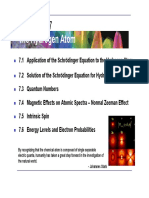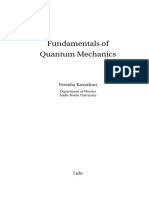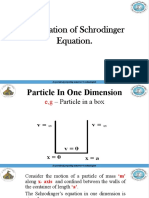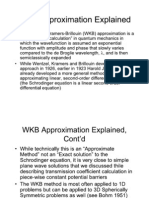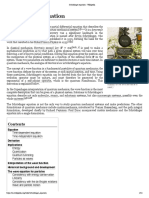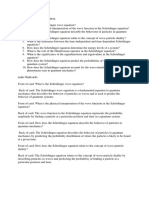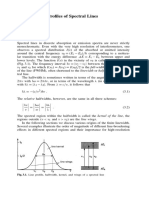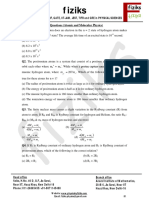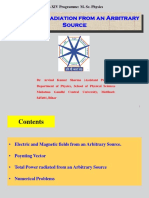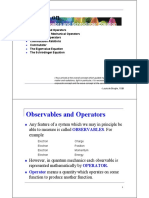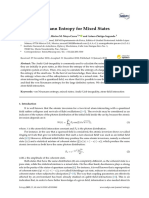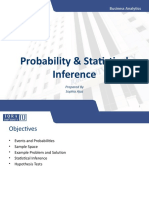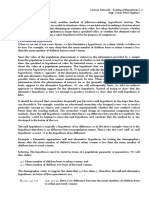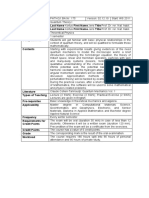0% found this document useful (0 votes)
502 views20 pagesQuantum Mechanics & Operators Lecture
This lecture covers operators in quantum mechanics. Operators represent physical observables and allow extracting information about a system from its wavefunction. The operator for an observable has eigenfunctions and eigenvalues. Measurements of an observable on a system in an eigenstate will yield only the corresponding eigenvalue. Any wavefunction can be written as a linear combination of the eigenfunctions of the operator, which form a complete set.
Uploaded by
jemimahisraelCopyright
© Attribution Non-Commercial (BY-NC)
We take content rights seriously. If you suspect this is your content, claim it here.
Available Formats
Download as PPT, PDF, TXT or read online on Scribd
0% found this document useful (0 votes)
502 views20 pagesQuantum Mechanics & Operators Lecture
This lecture covers operators in quantum mechanics. Operators represent physical observables and allow extracting information about a system from its wavefunction. The operator for an observable has eigenfunctions and eigenvalues. Measurements of an observable on a system in an eigenstate will yield only the corresponding eigenvalue. Any wavefunction can be written as a linear combination of the eigenfunctions of the operator, which form a complete set.
Uploaded by
jemimahisraelCopyright
© Attribution Non-Commercial (BY-NC)
We take content rights seriously. If you suspect this is your content, claim it here.
Available Formats
Download as PPT, PDF, TXT or read online on Scribd
/ 20
